It’s a cold and windy day today! The sky is overcast, and with the relative lack of vegetation in Amman, there is nothing serving as even a mediocre windbreak.
Given it’s Christmas Day, I suppose a little cold weather is par for the course for what we’re used to back home.
It’s just not the type of weather that immediately comes to mind when you tell folks you’re headed to the Middle East!
Before we left, we had read that Jordanians decorate for Christmas, despite being a predominantly Islamic country. From the airport to our hotel (The Landmark Hotel), it was nice to feel a little piece of the holiday even if we’re away from family this year.
Sadly, it wasn’t a white Christmas in Amman this year (believe it or not, they do get snow!), but we’ll settle for the sea of white, marble buildings that make up the city!
Back to the fun…
Having spent the full day in the ruins of Jerash, other than going to Petra, it’d be hard for any other location to live up in terms of its grandiosity. But as our last full day in Amman, we’re not about to miss out on what might be the most historic location in the city…not to mention one of its best views!
Located near the center of the city, the citadel (Jebel al-Qala’a) serves as a proverbial fossil record of human existence in the region. The location of this site isn’t arbitrary either as it sits atop one of the highest points in the city at roughly 850m (2788 feet).
As you enter the site, you can tell that Amman takes great pride in the history here. Understandably so once you begin to realize just how long humans have occupied this area of the world.
Amman has been an inhabited region as far back as 7250 BC. Just thinking about this boggles the mind. Put another way, humans have cultivated this location nearly 5000 years prior to the Pyramids at Giza being built! In fact, as of our visit today December 25, 2019, we are living closer to the building of the Pyramids than those original settlers!
From the moment you walk in, you’re treated to marble slabs adorned with the historical timeline of not only the site but the city itself. Amman has had many names throughout time and has been a near rollercoaster in terms of its importance/occupation (feel free to click any to get a more legibly sized image).
Since the initial occupation during the Neolithic period, this site has been ruled by the Egyptians, the Greeks and Romans, and the Umayyads during the Islamic era, to name a few. From there, Amman became a relative ghost town when it was absorbed into the Ottoman Empire. It wasn’t fully occupied again until 1878, nearly 500 years later!
So, it goes without saying that every surface we’re looking at has a story to tell.
As we move further into the site, the first thing we realize is that this is a well-paved, easy stroll (aside from it being mostly uphill to start). This is definitely a location any tourist can and should visit!
As you look up the path, you can’t help but have your eyes drawn to the remnants of the once-proud temple of Hercules (pictured at the top).
Now just a façade of two large, mostly intact pillars, with a handful of others in various states of dilapidation, we can only picture what this place may have looked like in its glory.
There’s literature and markers adorned along the trail at various sites for anyone inclined to read up on the history of the location. However, you can tell most tourists are here to take in the views.
As we near the temple, it’s remarkable just how large it really is!
When it comes to Greco Roman architecture, we really haven’t visited much ourselves. We had a quick tease when we toured Northern Italy a few years back, but it wasn’t until today when we wandered around Jerash and now get to see the Citadel, that it really is beginning to sink in just how grandiose these buildings must have looked! Like most things worth seeing, pictures really don’t do this justice.
Despite the relative shambles that these sites remain in today, there’s definitely still a sense of awe that I’m happy hasn’t evaporated yet. Maybe the sense of wonder will wear off when we inevitably visit Rome or Greece, but for now, it’s a welcome feeling!
Not to mention, our minds are a powerful tool to fill in the missing pieces and imagine what the full building might have been.
Having grown up in Chicago, large buildings are a bit of a norm when I think of architecture. However, there’s something to be said for these massive, stone edifices that today’s architecture can’t quite embody. What’s even better is that Jordan allows you to walk right up and even into the temple so you can really get a feel for how large these are! To illustrate, just look at how the gent below is truly dwarfed.
As we meander along the North side of the temple, there’s an odd little drop off directly across the path. The placard informs us that it’s a cave dating back to the Bronze Age (~2250 BC).
While this is definitely not going to be the highlight of a trip to Jordan, it’s always moving to stand in the same spot another human had some 4000+ years ago.
I take a certain joy in really trying to picture what it might have been like when I visit these places.
Maybe they cooked a meal right under where the stone is still charred.
Perhaps they told a story to their child in this hollowed-out room, away from the wind.
Heck, what did someone dream about as they slept here?
As the cave is really just a hole in the rock, there’s no real reason to spend too much time in here.
Back outside as we walk around the temple, we come across a number of protected areas that are best described as relic graveyards.
There are various remnants adorned with Greco/Roman carvings and other pieces that were clearly part of the larger structure that once stood here. There’s no real story behind any of them until you get to what appears to be a former courtyard of sorts on the West end of the Temple of Hercules.
The immediate highlight of this section is the three fingers that appear to be clawing their way out of the soil. Perhaps this is where the namesake of this temple once stood, high atop the city?
Sadly, while the mighty Hercules could conquer the 12 labors, it appears he too is no match for father time and mother nature. Various earthquakes over the years have reduced him to three digits and an elbow.
Jordan has also placed its archaeological museum here at the Citadel. Inside, there are statues, pottery, tools, mummies, and more that have been recovered around the area over the millennia.
There’s far too much for us to go into detail with, but the museum is set up in chronological order allowing visitors to stroll through time. (Note: There are some skeletons on display, but out of respect, we won’t post any photos of those).
Of particular importance is the two-headed Ain Ghazal statue. Discovered a few kilometers from the citadel, this statue is dated back to the Neolithic period in approximately 6500 BC!
Back outside and heading towards the back end of the Citadel, you begin to enter what they call the Umayyad Precinct.
For any history buffs out there, the Umayyad were one of the 4 major caliphates to come after the death of Muhammad. While most tourists are probably coming here to see the Temple of Hercules, you’d be doing yourself a disservice not to check out this gem as well!
Back here are the remnants of the Umayyad Palace. Sadly, the majority of it has been destroyed by earthquakes as well, but the entire section is open to wander about the remaining walls and walkways that would have led to the various rooms.
The people of Jordan have also done a wonderful job of restoring the main dome room of the palace itself. A great spot to observe some Islamic architecture and symmetry while also getting a little reprieve from the elements. Again, I can’t help but imagine the opulence of these buildings when they fully stood!
Overall, the Amman Citadel wound up being a memorable spot in which to take in some of the histories of not only Amman but mankind. The fact that humans have occupied this particular spot of the planet for nearly 9000 years really makes you feel small in the grand scheme of time.
However, it also reinforces the importance of the area as a place that was capable of sustaining life and providing protection. If you have the time to take a few hours, we certainly won’t talk you out of paying a visit here!
Until next time!

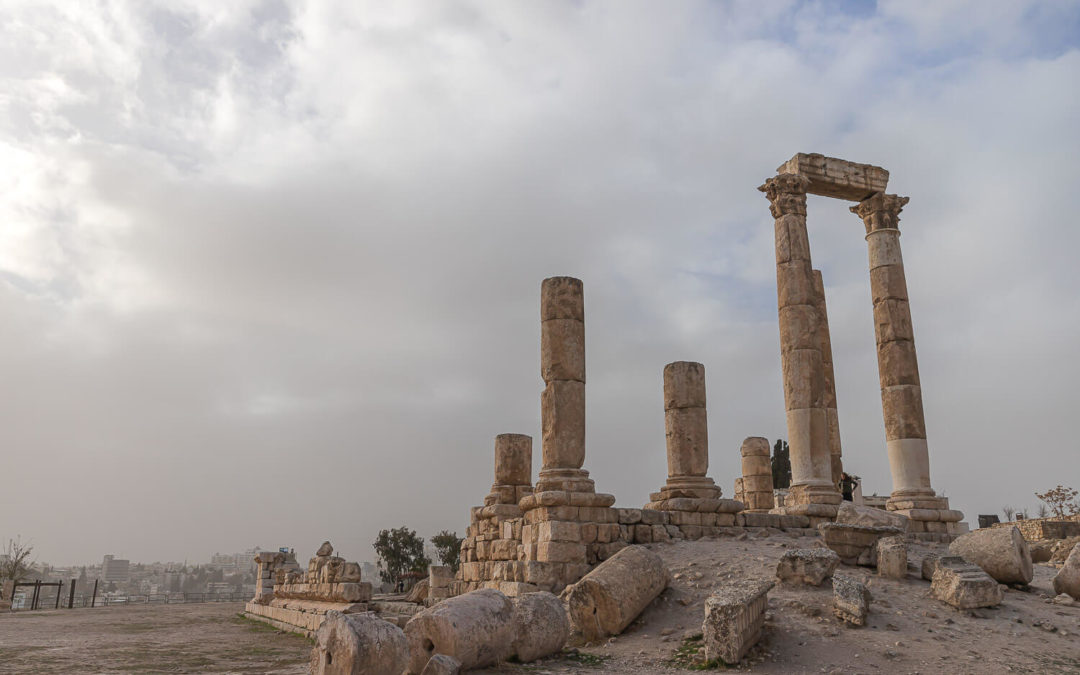

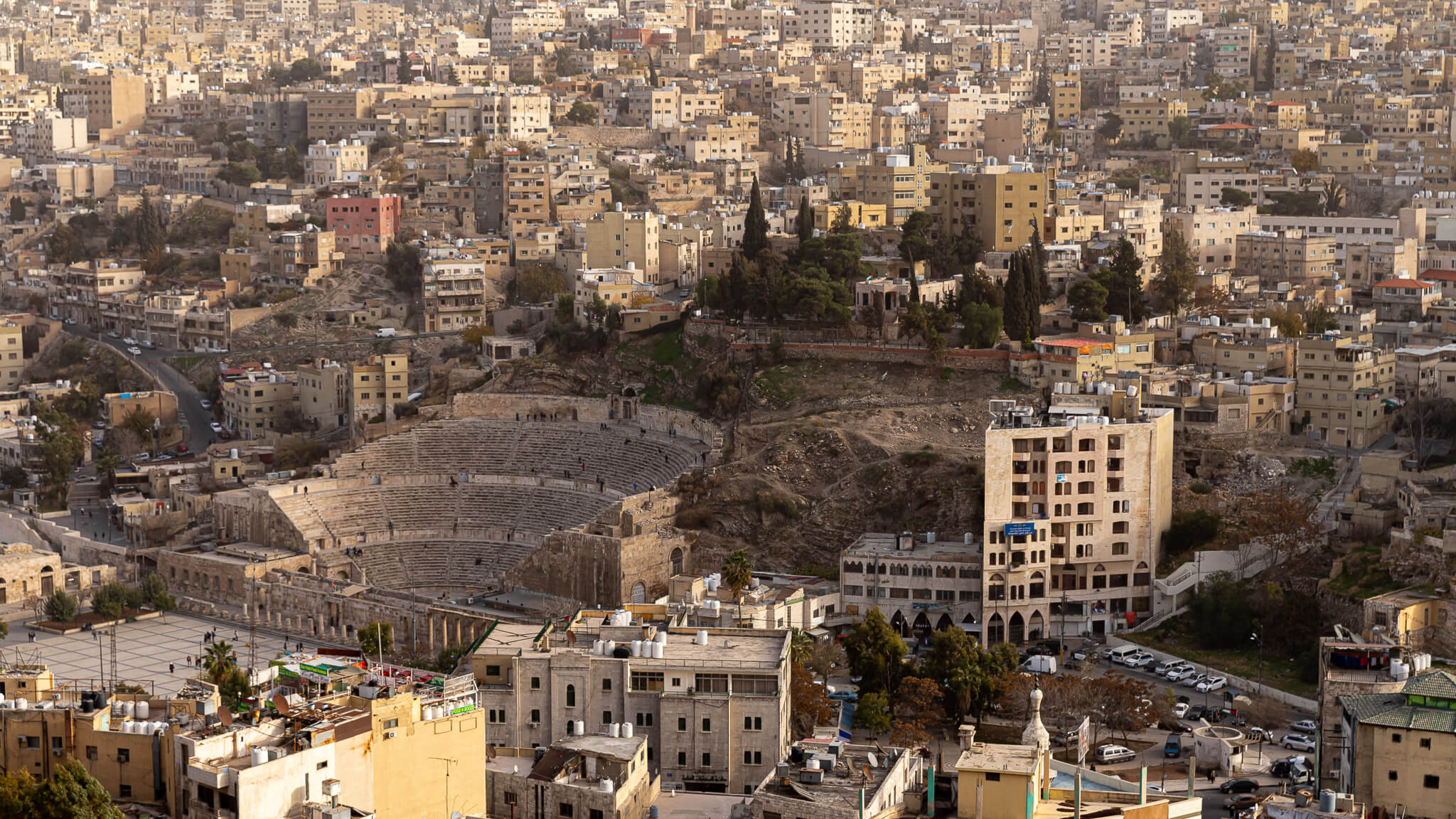
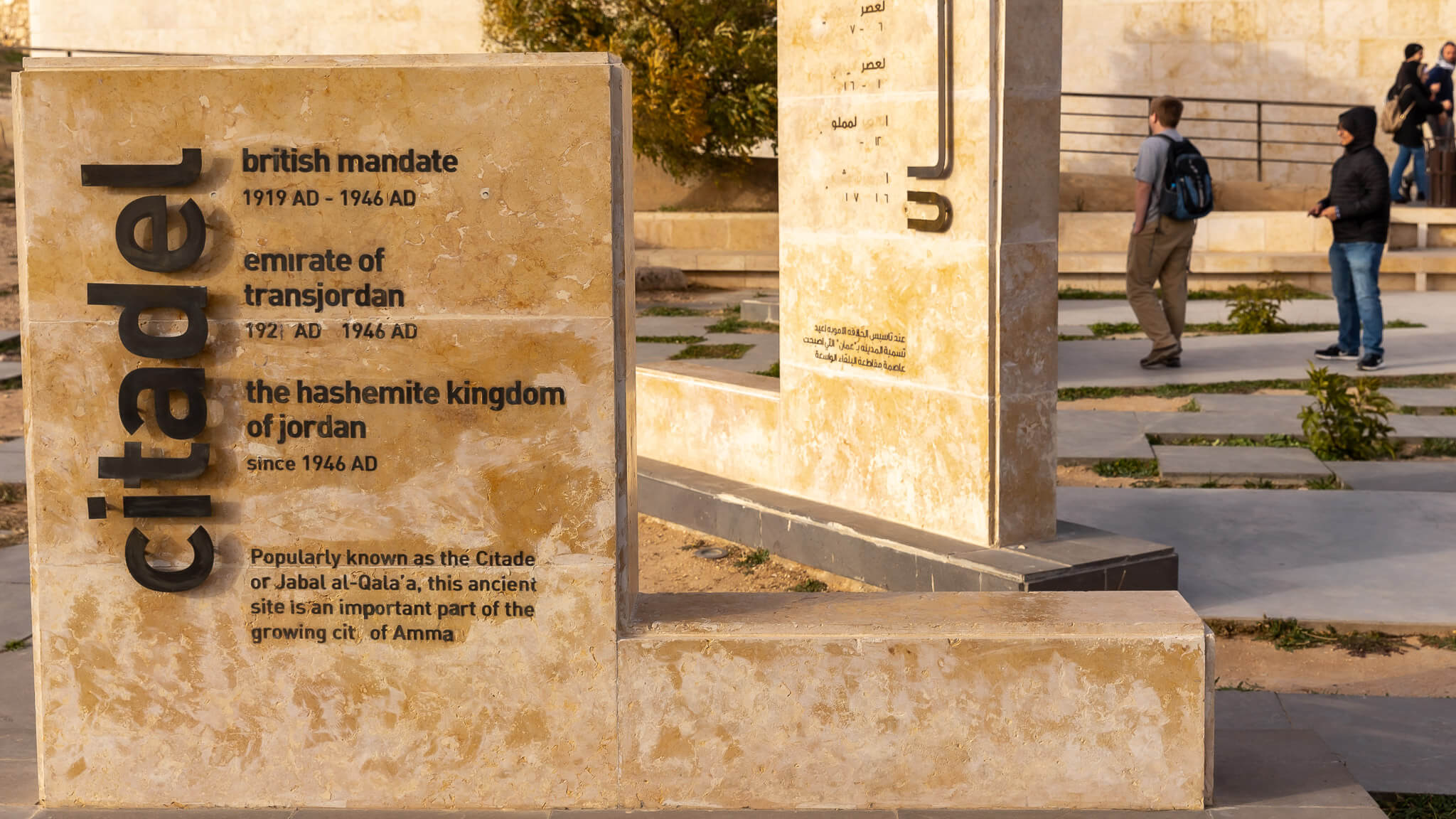

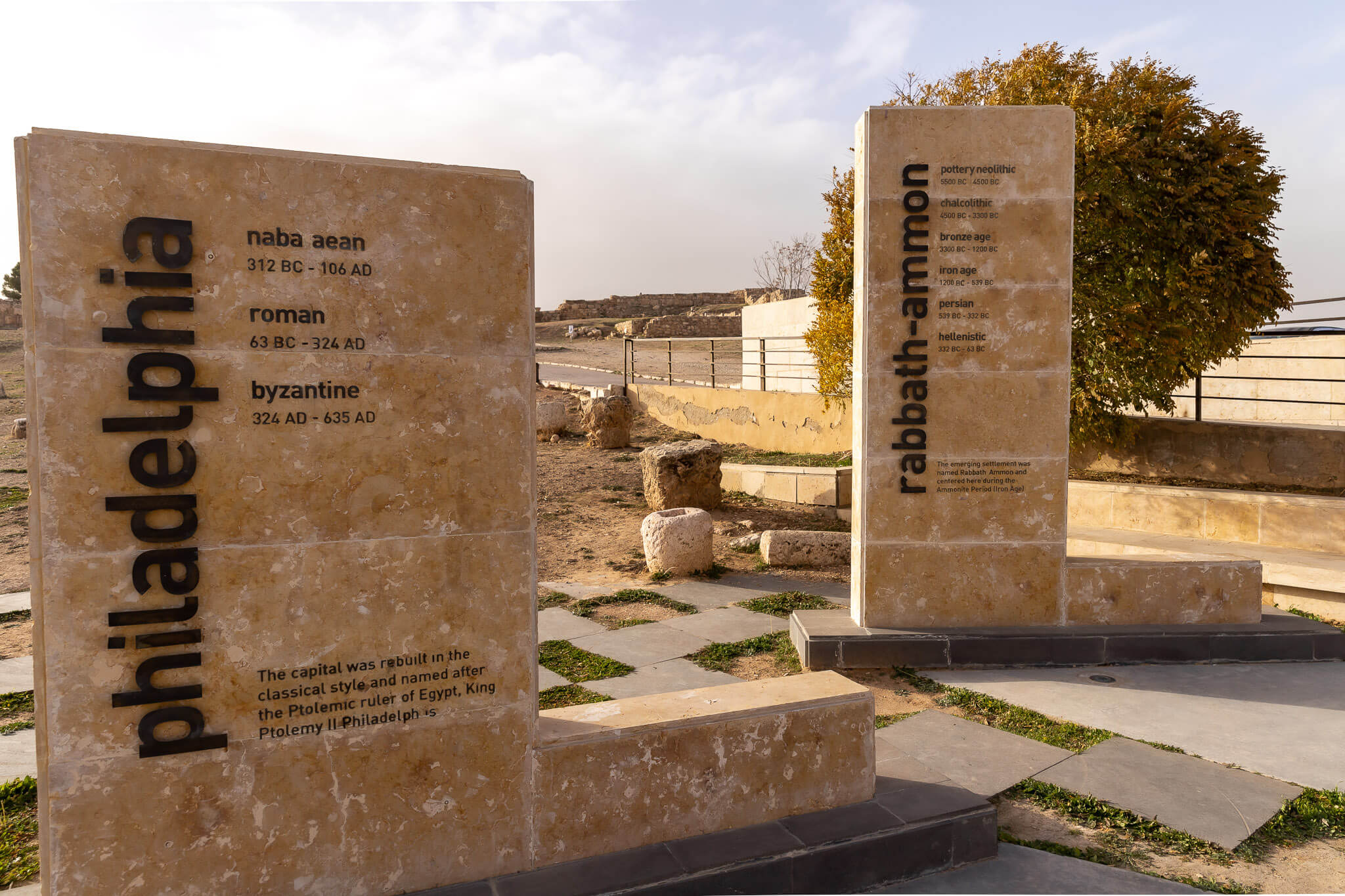
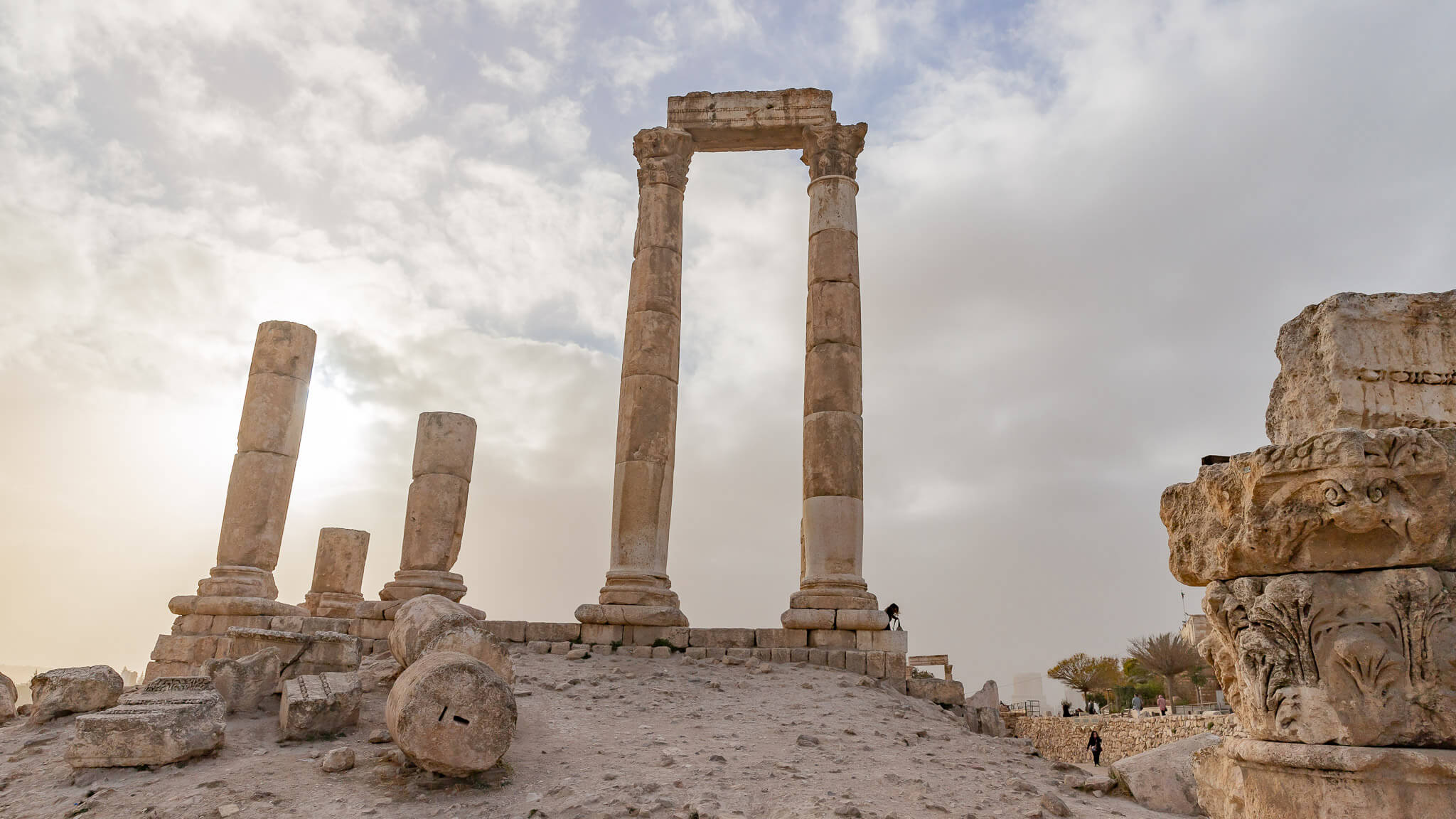
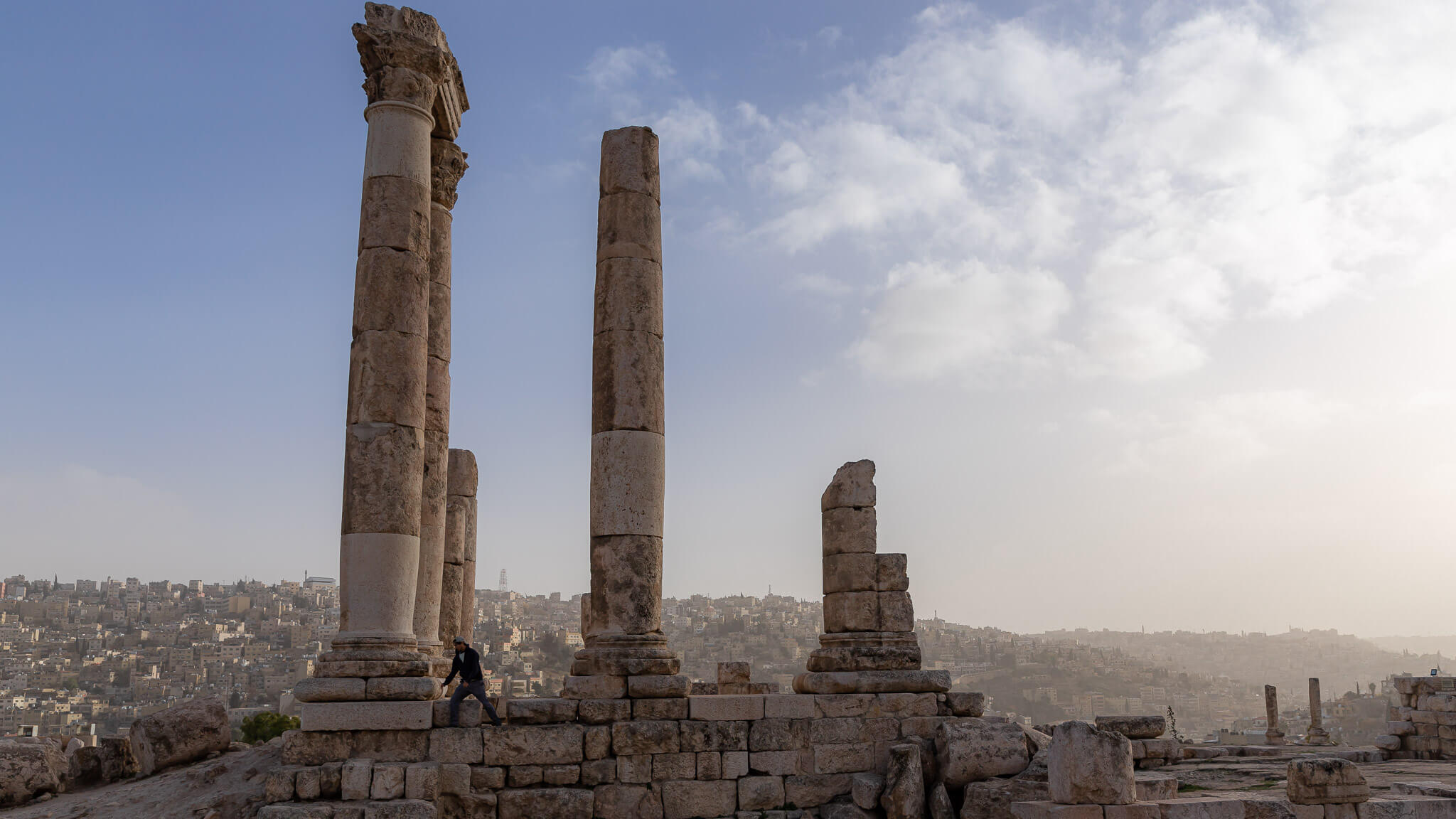
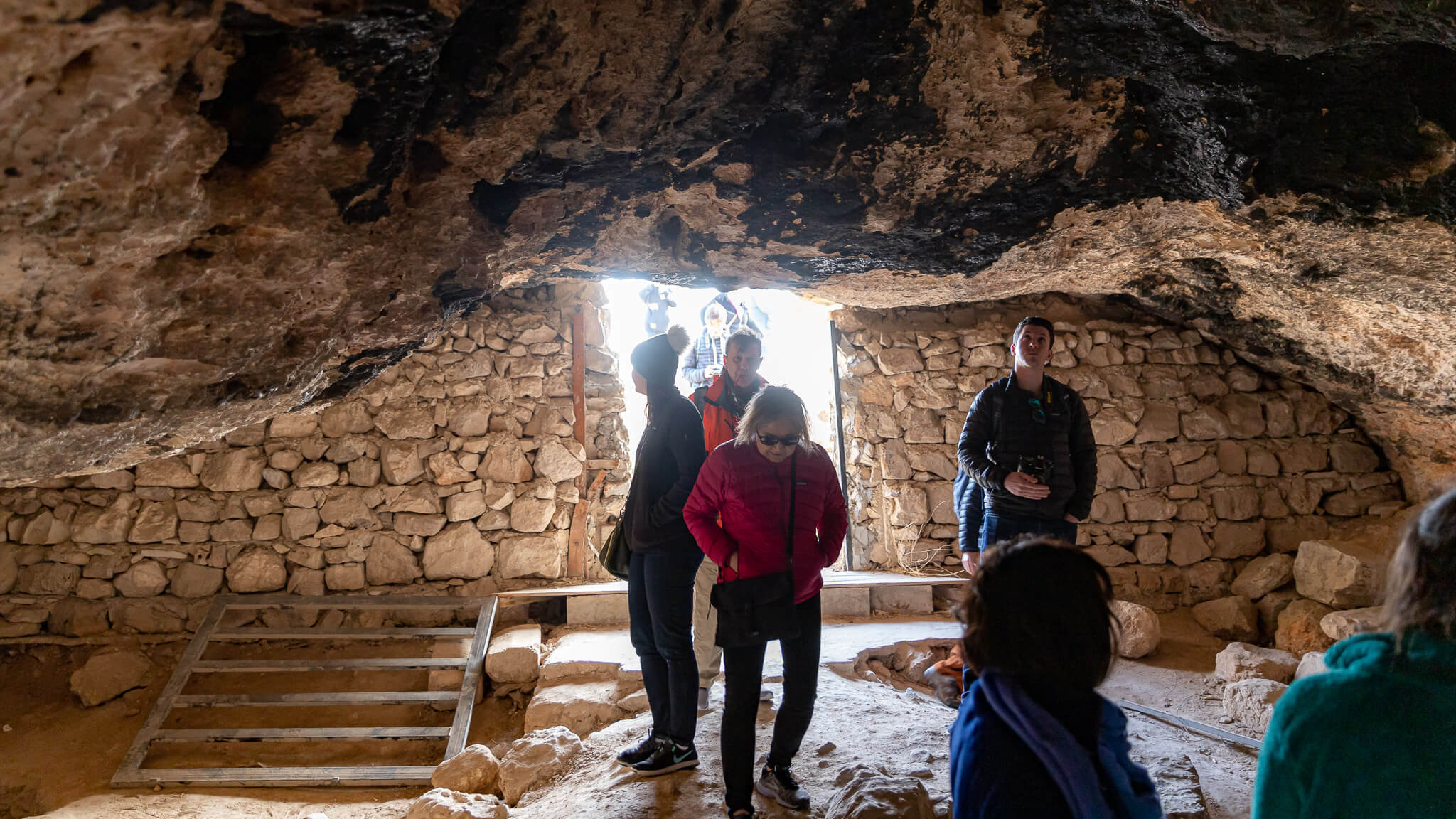

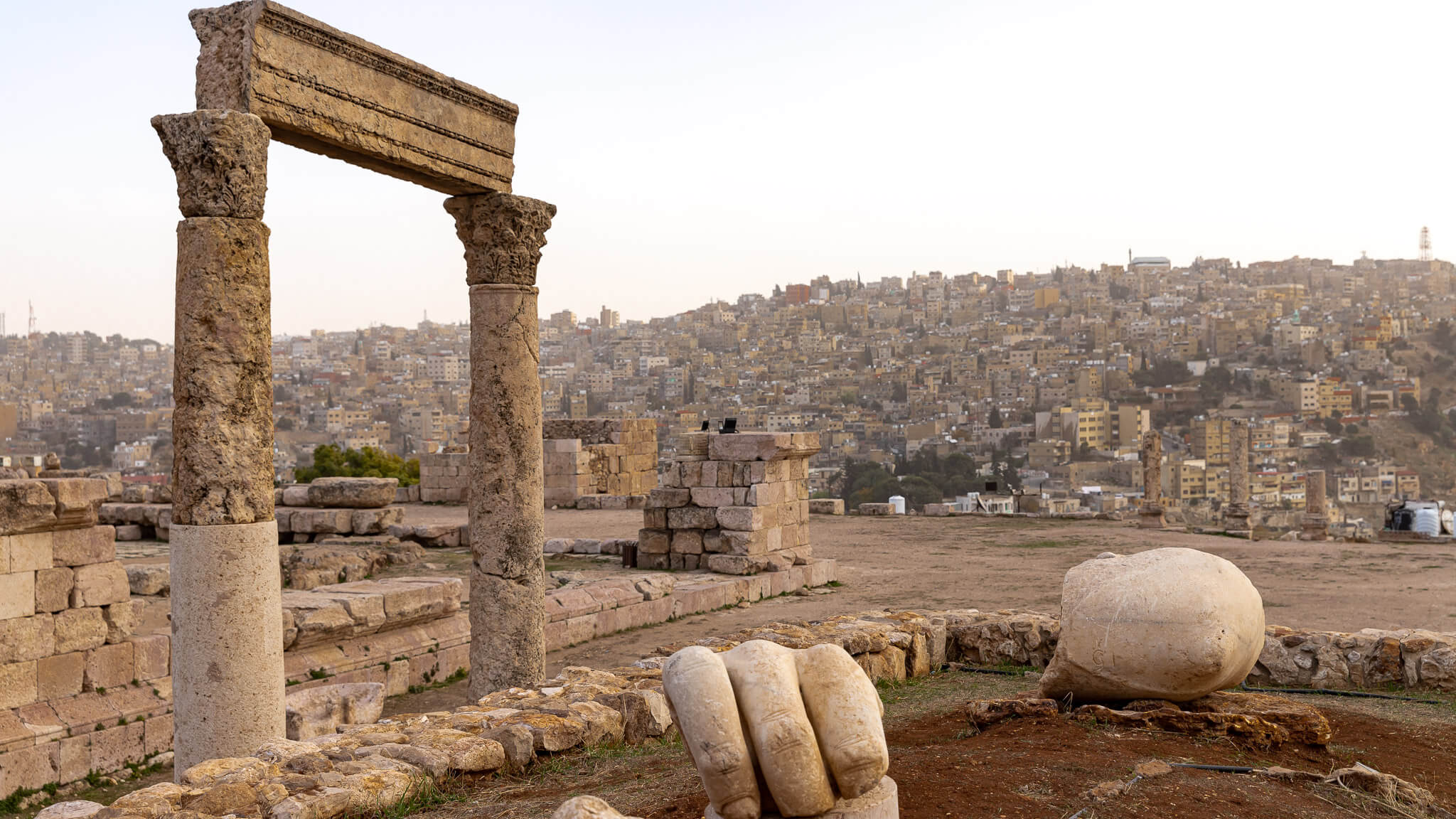
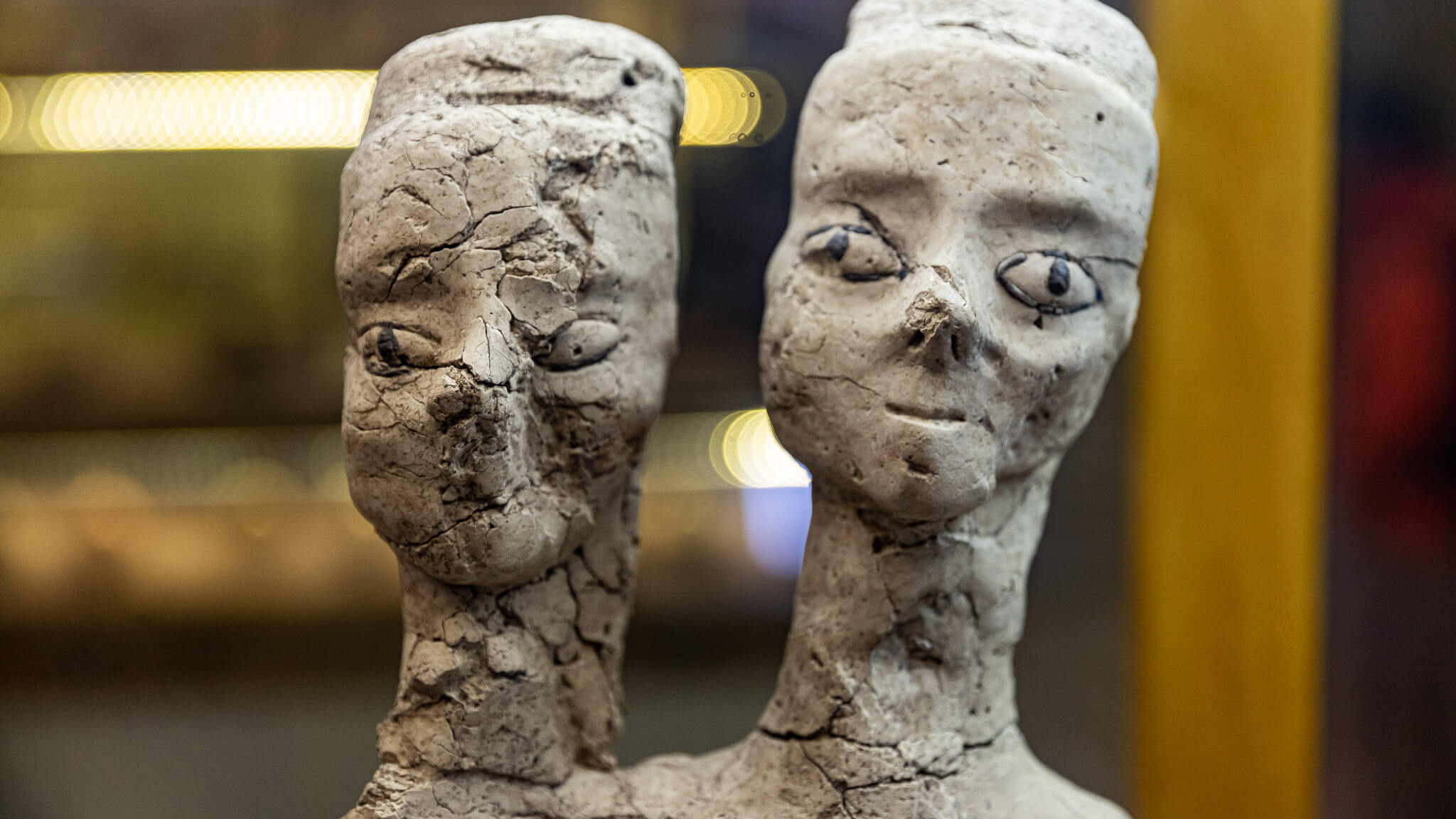
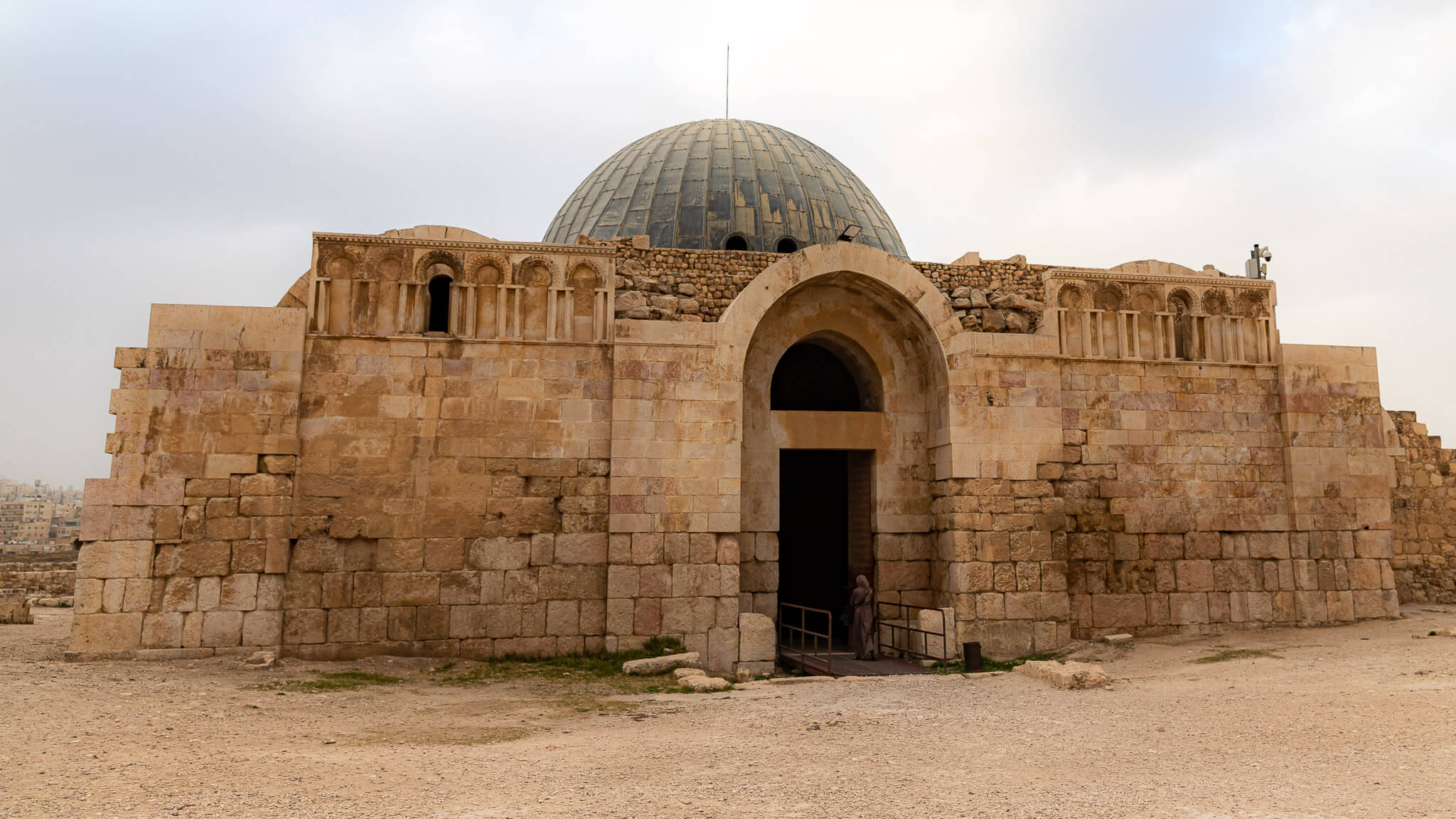
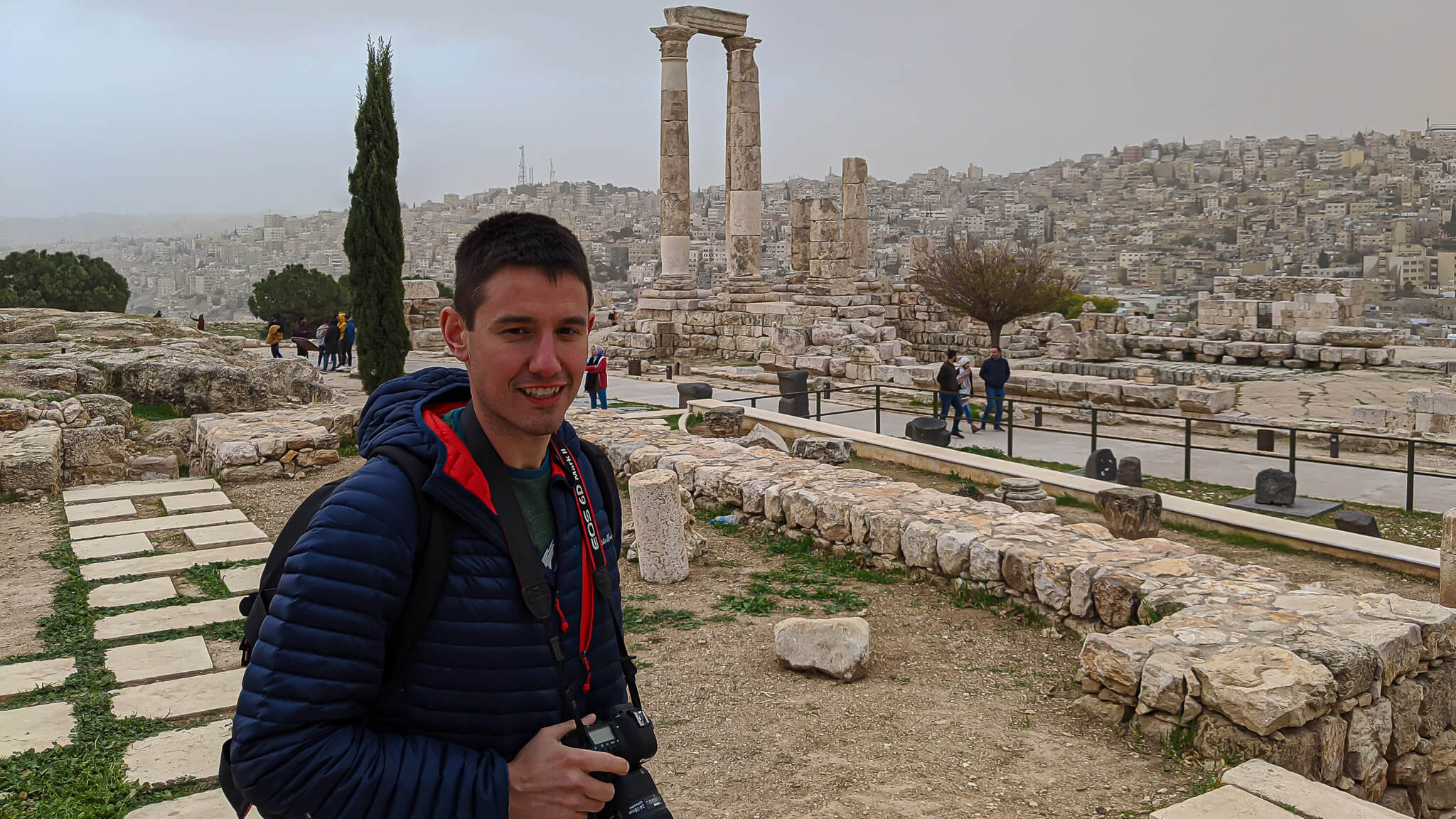
I will right away snatch your rss feed as I can not find your e-mail subscription hyperlink or newsletter service.
Do you have any? Please allow me understand so that I may just subscribe.
Thanks.